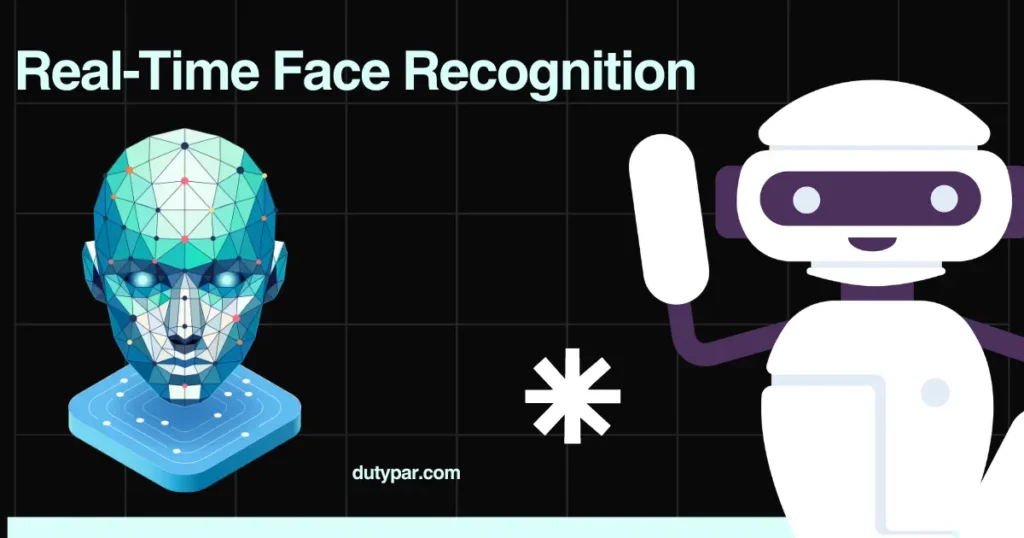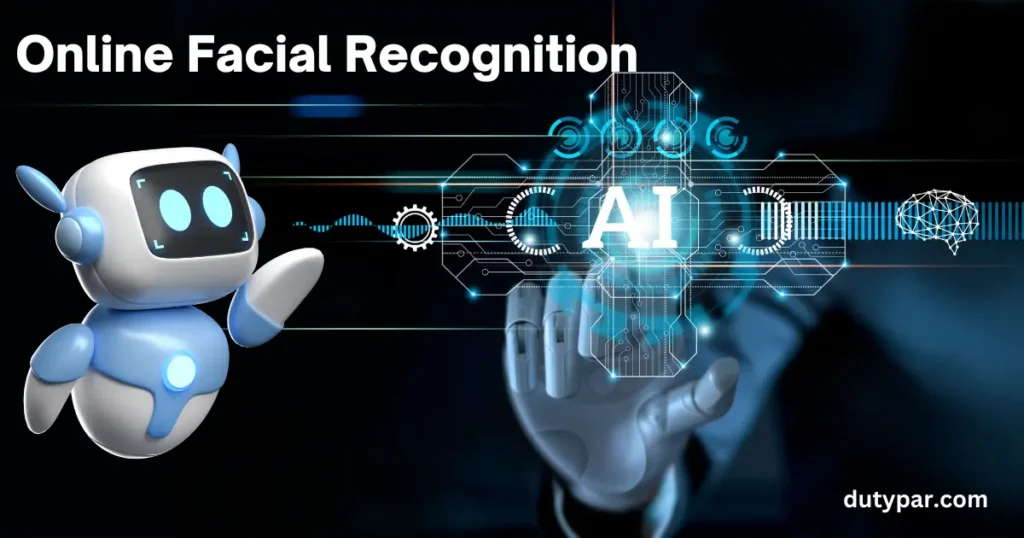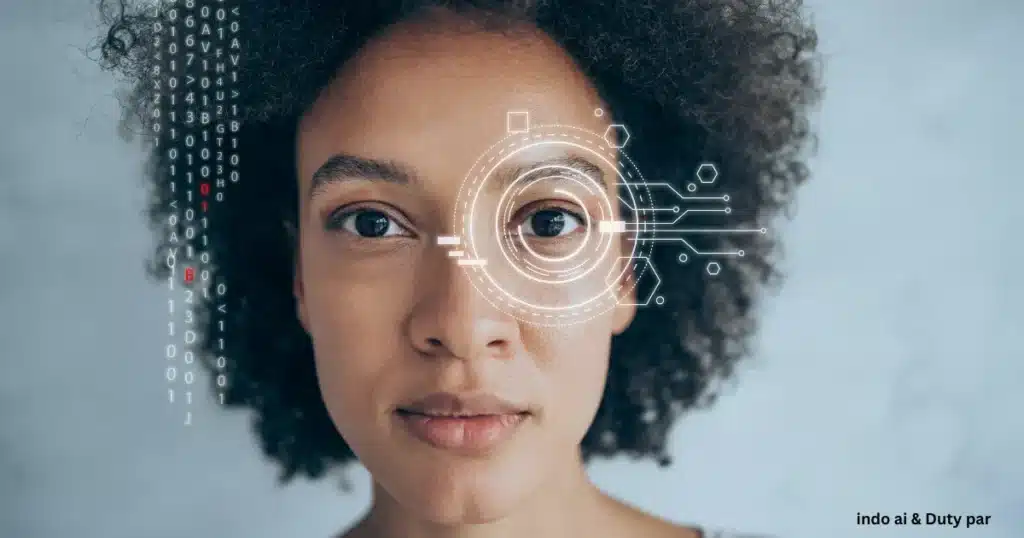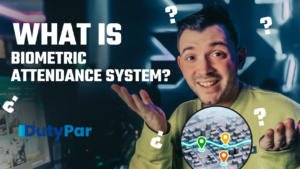Table of contents

Real-Time Face Recognition has emerged as a groundbreaking technology in recent years, transforming various aspects of security, personal device interactions, and customer experiences. This advanced system uses live video feeds or images to identify and verify individuals based on their facial features. This article delves into how Real-Time Face Recognition works, its applications, and its future potential.
How Real-Time Face Recognition Works
Face Detection:
Real-Time Face detection begins with detecting faces in images or video frames. The primary goal is to identify and locate human faces efficiently. Traditional methods such as Haar Cascades and Histogram of Oriented Gradients (HOG) have been widely used. However, modern systems often rely on deep learning techniques. Convolutional Neural Networks (CNNs), including Multi-task Cascaded Convolutional Networks (MTCNN), excel in detecting faces with high accuracy, even in complex environments.
Feature Extraction:
Once faces are detected, Real-Time Face detection systems extract unique features from these faces. Feature extraction transforms facial features into numerical representations, or feature vectors, which are essential for accurate identification. Techniques like Eigenfaces and Fisherfaces have been foundational, using Principal Component Analysis (PCA) and Linear Discriminant Analysis (LDA) respectively. However, deep learning approaches, such as FaceNet and ArcFace, now dominate, offering enhanced feature extraction capabilities through sophisticated neural networks.
Face Recognition:
The core of Real-Time Face detection is comparing the extracted features with those stored in a database. This comparison determines if a face matches an existing record. Methods such as Euclidean Distance and Cosine Similarity measure the similarity between feature vectors. Advanced systems use machine learning models like Support Vector Machines (SVM) and k-nearest Neighbors (k-NN) for classification. Deep learning models, employing complex neural networks, provide superior accuracy in face matching and identification.
Real-Time Processing:
Real-time face Recognition demands processing speed to ensure effective identification within seconds. Optimized algorithms and hardware acceleration play crucial roles in meeting these demands. Graphics Processing Units (GPUs) and Tensor Processing Units (TPUs) enhance computational efficiency, enabling real-time performance. Edge computing, which processes data close to the source, further reduces latency, making Real-Time Face Recognition systems highly responsive.

Applications of Real-Time Face Recognition
- 1. Security and Surveillance:
- Real-Time Face Recognition has revolutionized security systems. By enabling automated and accurate identification, it enhances access control and surveillance. For instance, businesses use Real-Time Face Recognition to restrict entry to secure areas, while public spaces employ it to monitor and identify individuals for security purposes. This technology helps in preventing unauthorized access and enhancing overall safety.
- 2. Personal Devices:
- Smartphones and laptops have integrated Real-Time Face Recognition to streamline user authentication. Users can unlock their devices or authorize transactions simply by looking at them. This not only provides a seamless user experience but also improves security by ensuring that only authorized users can access the device.
- 3. Retail and Marketing:
- In the retail sector, Real-Time Face Recognition personalizes customer interactions. Retailers use this technology to recognize returning customers and tailor recommendations based on their preferences. Additionally, analyzing customer behaviour through facial recognition helps businesses understand shopping patterns and enhance marketing strategies.
- 4. Healthcare:
- Real-Time Face Recognition offers significant benefits in healthcare settings. It ensures accurate patient identification, reducing the risk of errors. Furthermore, by assessing patients’ emotions through facial expressions, healthcare providers can offer better, more personalized care. This technology contributes to improved patient safety and satisfaction.
- 5. Finance:
- In the financial industry, Real-Time Face Recognition enhances security and prevents fraud. Banks and financial institutions use this technology to authenticate transactions and verify identities, reducing the risk of unauthorized access and fraudulent activities. Real-Time Face Recognition ensures that financial services remain secure and trustworthy.

Challenges and Considerations
- Accuracy:
- One of the primary challenges in Real-Time Face Recognition is achieving high accuracy under varying conditions. Factors such as lighting, facial expressions, and angles can impact recognition performance. Continuous improvements in deep learning models and algorithms aim to address these challenges, enhancing overall accuracy.
- Privacy:
- The use of Real-Time Face Recognition raises significant privacy concerns. Collecting and storing facial data necessitates robust data protection measures to prevent misuse. Regulations and guidelines, such as the General Data Protection Regulation (GDPR), are essential in ensuring that facial data is handled responsibly and ethically.
- Bias:
- Algorithmic bias is another critical issue. Real-Time Face Recognition systems may exhibit varying performance across different demographic groups. Researchers and developers are actively working to minimize bias and ensure that these systems work equitably for all individuals.
- Scalability:
- Handling large-scale databases and ensuring efficient processing is crucial for Real-Time Face Recognition systems. Scalability challenges arise when integrating face recognition with extensive databases, requiring advanced infrastructure and optimization techniques to maintain performance and accuracy.
Future Directions
- Enhanced Accuracy:
- The future of Real-Time Face detection lies in further enhancing accuracy. Ongoing advancements in deep learning and larger, more diverse datasets will drive improvements. Emerging technologies, such as 3D facial recognition and multispectral imaging, promise to address current limitations and provide even greater precision.
- Privacy Protection:
- Developing privacy-preserving techniques is essential as Real-Time Face detection technology evolves. Innovations such as federated learning, which allows model training without transferring sensitive data, and secure multi-party computation are promising approaches to enhance privacy while leveraging facial recognition capabilities.
- Integration with Other Technologies:
- Future advancements will likely see Real-Time Face Recognition integrated with other biometric systems for multi-modal authentication. Combining facial recognition with voice, fingerprint, or iris recognition will provide more robust security and personalized user experiences.
- Ethical Considerations:
- As Real-Time Face Recognition technology continues to advance, ethical considerations will play a significant role. Ensuring that the technology is used responsibly and addressing concerns related to surveillance and data privacy will be crucial for its acceptance and success.
Conclusion
Real-Time Face Recognition stands at the forefront of technological innovation, offering transformative benefits across various sectors. By leveraging advanced algorithms, deep learning models, and real-time processing capabilities, it enhances security, personalizes user experiences, and provides valuable insights. However, challenges such as accuracy, privacy, and bias must be addressed to ensure its responsible and effective use. As technology evolves, Real-Time Face Recognition promises to revolutionize the way we interact with the world, offering new possibilities and improved experiences in the digital age.





